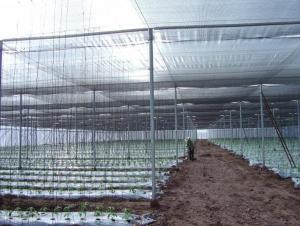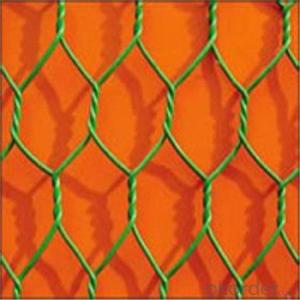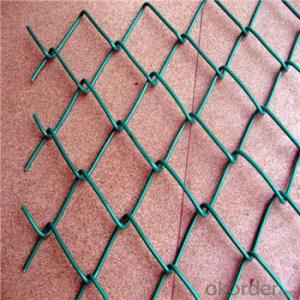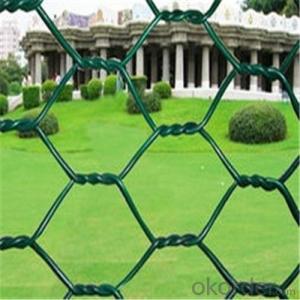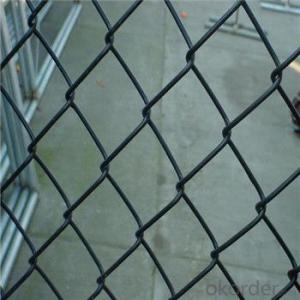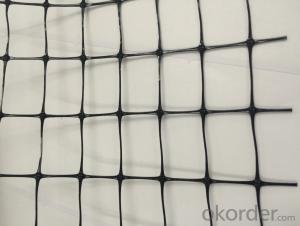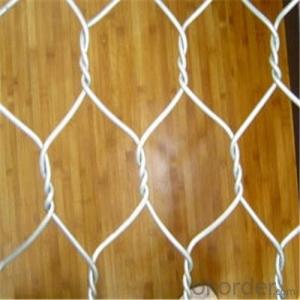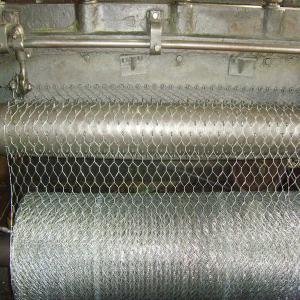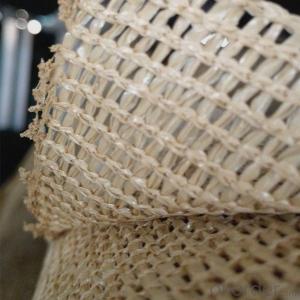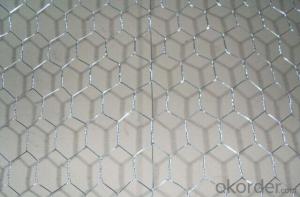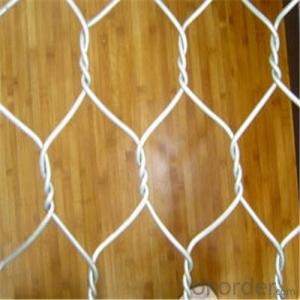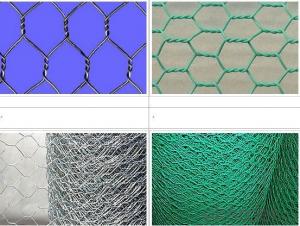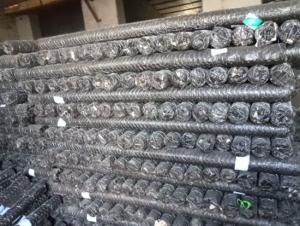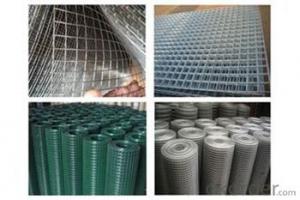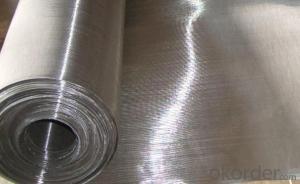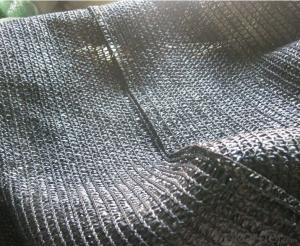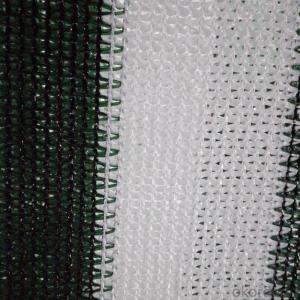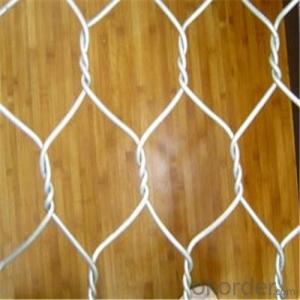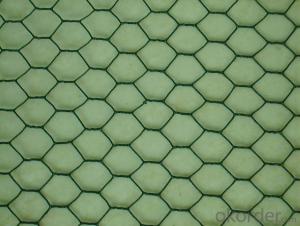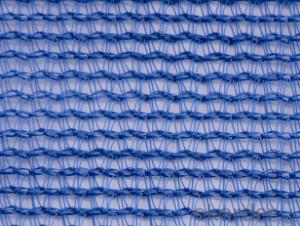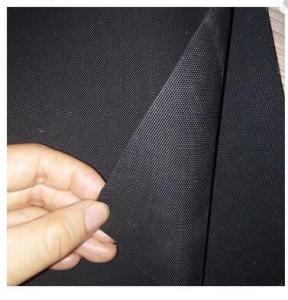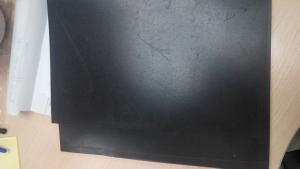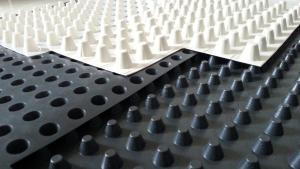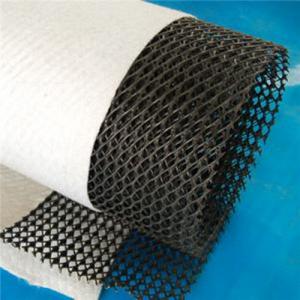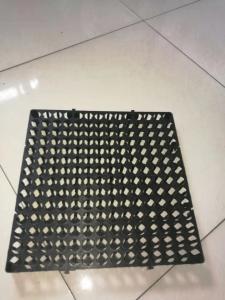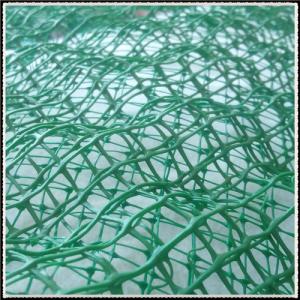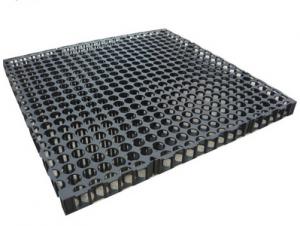Vexar Netting
Vexar Netting Related Searches
Chicken Wire Stainless Steel Aluminium Modelling Mesh Plastic Garden Netting Uk Plastic Safety Netting Rigid Plastic Netting Plastic Deer Netting Raschel Mesh Poly Tube Netting Barrier Fence Netting Protective NettingHot Searches
Sun Chairs For Sale Garden Slabs Sale Garden Bench Sale Wire Netting Prices Garden Supply Company Catalog Local Garden Supply Stores Shade Netting Manufacturers South Africa Agricultural Netting Suppliers Used Electrical Wire For Sale Watch The Wire Online Season 4 Watch The Wire Free Online Watch The Wire Remastered Online Used Hotel Furniture Online Wire Netting Prices Wire App Store Shade Netting Manufacturers South Africa Agricultural Netting Suppliers Aluminium Wire Mesh Manufacturers India Wire Netting Prices Lighting Supplier SingaporeVexar Netting Supplier & Manufacturer from China
Okorder.com is a professional Vexar Netting supplier & manufacturer, offers integrated one-stop services including real-time quoting and online cargo tracking. We are funded by CNBM Group, a Fortune 500 enterprise and the largest Vexar Netting firm in China.Hot Products
FAQ
- Geosynthetic clay liners (GCLs) are typically installed in landfill projects by following a specific procedure. First, the area where the liner will be installed is prepared by removing any debris, vegetation, and loose soil. Then, a compacted clay foundation is constructed to provide stability and prevent any punctures or tears in the liner. Next, the GCL rolls are laid out on the prepared surface, ensuring that they overlap each other by a specified distance. The liner is then carefully unrolled, taking care to avoid any wrinkles or folds that could compromise its effectiveness. To secure the liner in place, it is anchored with sandbags or other weighty materials along the edges. In some cases, additional layers such as a geotextile fabric or geomembrane may be added above or below the GCL to enhance its performance. These layers act as additional barriers to prevent the migration of pollutants and provide added protection against leaks. Once the liner is properly installed, a protective cover material, such as soil or a synthetic material, is placed on top to prevent damage from external factors and to promote proper drainage. The landfill waste can then be safely deposited on the liner, ensuring that the GCL acts as an effective barrier to prevent any leachate or contamination from reaching the surrounding environment.
- Yes, earthwork products can be suitable for constructing boat docks. Earthwork products such as soil, gravel, and rocks can be used to create a stable foundation for boat docks. Additionally, these materials can be used to shape and contour the land around the dock, providing necessary support and erosion control. However, it is important to consider factors such as soil type, drainage, and stability to ensure the suitability and durability of the dock construction.
- Yes, earthwork products can be used for channel lining. These products, such as geotextiles and geomembranes, are commonly used to stabilize and protect channels by preventing erosion, promoting water flow, and enhancing the overall structural integrity of the channel.
- The different colors available for earthwork products can vary depending on the specific material being used. Some common colors include natural earth tones such as browns, grays, and tans. However, certain products may also be available in a wider range of colors, including reds, greens, blues, and even custom colors. It ultimately depends on the manufacturer and the specific requirements of the project.
- The different colors and textures available in earthwork products can vary depending on the specific materials used. Common colors include shades of brown, gray, and black, which are typically derived from natural soil and rock compositions. As for textures, earthwork products can range from fine and smooth to coarse and rough, depending on the size and composition of the materials used. Additionally, there are various techniques and treatments that can be applied to alter the appearance and texture of earthwork products, allowing for a wider range of options to suit different aesthetic preferences and project requirements.
- Yes, earthwork products are suitable for use in dam construction. Earthwork materials such as clay, soil, and rock fill are commonly used in the construction of dams to create embankments or as part of the foundation. These materials provide stability, strength, and resistance to water seepage, making them ideal for constructing dams that can hold large volumes of water. Additionally, earthwork products are readily available and cost-effective, making them a practical choice for dam construction projects.
- Geotextile tubes are used in dewatering and shoreline protection by providing a containment system for sediment and water. These tubes are filled with sediment-laden water and allow the water to slowly drain out through the geotextile fabric, while retaining the sediment inside. This dewatering process helps to separate solids from liquids, making it easier to dispose of the sediment. Additionally, geotextile tubes can be used for shoreline protection by creating barriers that prevent erosion and stabilize the shoreline against wave action.
